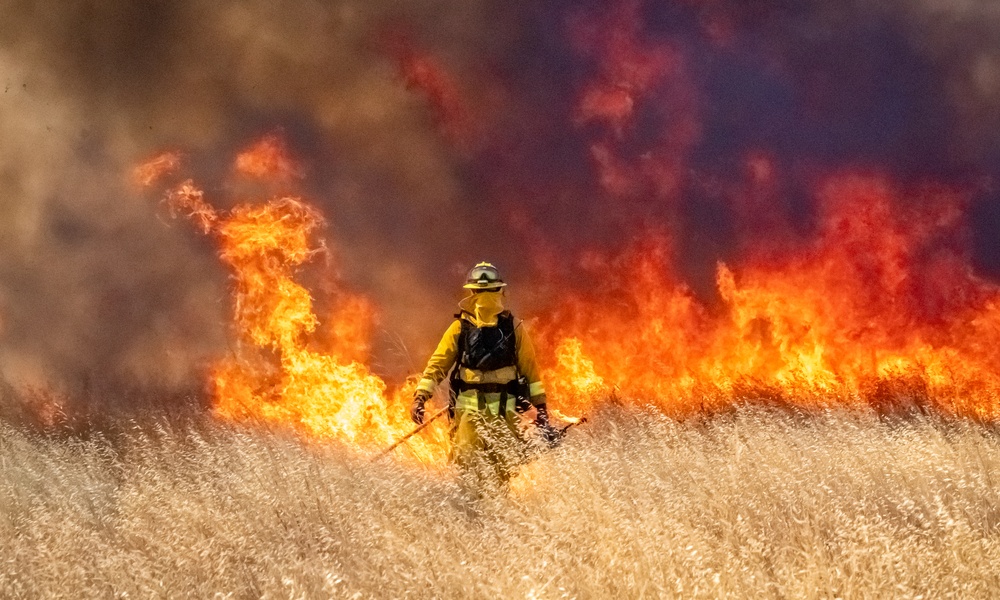Blog
Crisis management: Running a campus-wide drill
Once your college or university has developed emergency plans, emergency response teams, and emergency response facilities, it is critical that you routinely run drills to ensure that all stakeholders understand what role they play, and why they have that role. In an actual emergency, muscle memory will kick in, so if your teams are not prepared, your assets may be at risk. Planning and executing a drill is a comprehensive process that should be tailored to your institution. While best practices can be used, it’s important to consider the unique landscape of your campus’s ecosystem and plan accordingly. Suzanne Blake, manager of the MIT Emergency Management Department, and Dr. Steven Goldman, Sr. lecturer at MIT, recently sat down with Everbridge to detail how MIT rolls out a full-scale drill. The Massachusetts Institute of Technology (MIT) uses the Homeland Security Exercise and Evaluation Program (HSEEP) methodology as a framework for their drills. HSEEP outlines how each planning meeting should go, as well as a progressive planning approach to ensure a solid, well thought-out exercise plan. Documenting everything from exercise materials, to meeting notes, to execution plans are an essential part of a successful drill.
Scope
To begin, you must first define your exercise. “The scope defines in writing how big the exercise is, what type of exercise will you be conducting, and whether it’s a full-scale exercise or a table top drill,” Dr. Goldman states. “All the timing, schedules, and logistics about your exercise need to be clearly defined,” continues Dr. Goldman. It’s equally important to define participants and non-participants, as well as the extent you are planning on taking the drill. ” If we do a heart attack victim or shooting victim, do we actually load the person up into the university ambulance and send them off to a hospital, or do we just simulate that?” Some questions may seem frivolous at the time, but keeping your response teams abreast of every detail of the drill will allow it to go smoothly.
Objectives
Once the scope is clearly defined, it’s important to set up three to five objectives for the drill. Objectives should be ‘S.M.A.R.T,’ or smart, measurable, achievable, realistic, and task-oriented. “The joke I use is if your scenario is Godzilla coming out of the Charles River and stomping on the data center, you may achieve one objective, but it’s not going to be achievable or realistic. Try to make your objectives task-oriented, and relative to a procedure,” says Goldman. For example, if an objective is to demonstrate the successful implementation of a new Everbridge instance, you can create scenarios around this objective. Defining your objectives prior to developing a scenario will prevent the scenario from getting away from you, and turning into a non-actionable event.
Develop a scenario
“This always seems to be the part people want to jump to first, because it is the most fun,” Blake says. Although this part does allow you to use your imagination, keeping the objectives in mind and consulting your hazard risk assessment documentation will allow you to craft a better drill. “What you want to do is look at any type of vulnerability assessment you’ve done, or risk assessment and look at what your most vulnerable to or look at the objectives that you need to test. It’s very easy to go into a scenario and be really excited about it, but if it doesn’t align with what you’re trying to test it’s not going to work correctly,” Blake says. Scenarios can be based on anything from natural disaster preparedness, human-caused emergencies, technological disasters, to public health emergencies. Depending on the size and scale of the drill, it may be important to have a timeline detailing the different events in the scenario.
Conduct the Exercise
Once you have defined your scope and objectives, and you have developed the scenario timeline, it’s time to conduct the actual drill. To make it as real as possible, use your actual command center if you can to conduct the drill. “Always provide some kind of food in the morning, if it’s a morning drill, or some kind of lunch. If you tell participants the briefing starts at 9, but coffee and bagels and fruit will be available at 8:45, people will get there at 8:40,” suggests Dr. Goldman. Another helpful tip is to ensure that everything you use during the drill is marked as such. Having unmarked training documents, or not alerting bystanders may cause unnecessary panic. For example, in 2008, a university ran an active shooter response drill, but did not alert members of the campus of the time and scope of the drill. When police in full gear ran through the campus, it naturally caused wide-spread panic. You can, however, be creative in the drill creation and conduct the drill in a very realistic manner. “You could start off the exercise with a message: ‘To the security manager and the Incident Command Center, we just saw a car drive into a chemical truck in our parking lot.’ Okay, now security has the incident, he or she knows what he has to do, it starts off the drill. Or, what you can do, is do what I did, which is go out and buy a $25 car, place it underneath a tanker filled with water, and at the appropriate time open up the drain valve and let the water run out of the tank simulating a car crash into a hazardous materials tanker, and let the respondents go from there. Talk about realism,” Dr. Goldman says.
Analysis
The most important part of running a drill is the post-drill analysis you will run. Make sure each objective is tied to the exercise, and create an improvement plan off of the results. “There’s one more meeting after the exercise where you’ll get together to discuss the things you put in the improvement plan, assign them to different departments or individuals, and then that will help you track things afterwards,” states Blake. But don’t let the exercise just end with the exercise! Use the improvement plan to reevaluate your drill and implement some of the improvements in your next drill
Questions
Following the webinar, we opened the floor up to questions. While time only allowed for two, here is the Q&A. Feel free to reach out if you have questions for either Suzanne or Steve. Do you have any suggestions for transitioning from a drill to a real incident?
- The more you practice, the better prepared you’ll be for a real-world incident. Think about what you would be doing most, in MIT’s case that’s emergency notifications. We run those drills monthly. There’s always surprises in any emergency, but it works pretty seamlessly when you consistently practice. – Suzanne Blake
- I’d almost demand that your drill reflects real life. In fact, your drill should be harder than a real life event, so when the real life event occurs, your people have been through this. Make your drills as realistic as possible so you can’t really tell the difference between a drill and a real event, except for how far you play things out. – Dr. Steven Goldman
Do you have any outlines of drills that you’ve preformed successfully in the past?
- We recently outlined all of these thoughts in a white paper for Everbridge entitled, “Crisis Management: Conducting a Campus-Wide Exercise.” In this paper, we included a live “mini-drill” that you can use to follow along, or to model your own drill after. Remember, your institution is unique, so be sure to factor in your unique landscape into your drill preparations. – Dr. Steven Goldman.
To learn more about how Suzanne Blake and Dr. Steven Goldman conduct full scale drills at MIT, you may download this complementary webinar to view at your leisure. Additionally, Goldman and Blake outlined the steps in running a campus-wide drill in this white paper. If you are interested in the role that Everbridge plays in conducting drills, you may request a demo here.


